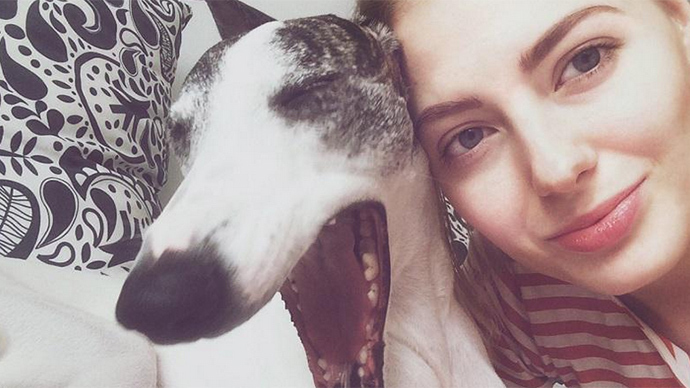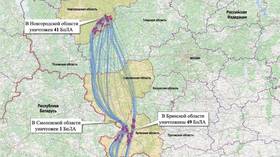Dogs can tell happy faces from angry ones, researchers find

Man’s best friends have just been proved to be even better – dogs are actually able to distinguish between happy and angry human faces, researchers in Austria have found. Dogs can tell if you look content or annoyed… by just half a face!
The authors of the findings published in the journal Current Biology, say this is the first time solid evidence has been found to prove an animal can read the expressions of a totally different species.
In their experiment, researchers in Vienna trained 11 dogs - mostly border collies - initially by showing them only the upper half or the lower half of a person’s face. The faces were angry and happy, with the upper half dominated by eyes and the lower by the mouth.
They then tested the ability of the dogs to recognize the difference between human facial expressions by showing them different pictures from the ones the dogs had seen in training.
To do this researchers showed the dogs a face that was the same half as the face used in training but of a different person – a half of someone’s face who was not used in the training at all, or the left half of the same face where the right half was used in training.
By touching the picture with their nose, the dogs were able to determine the angry or happy face. The animals were able to apply what they had learned about human faces in the training to new faces.

“We can rule out that the dogs simply discriminated [between] the pictures based on a simple salient cue, such as the visibility of teeth. Instead, our results suggest that the successful dogs realized that a smiling mouth means the same thing as smiling eyes," said study author Corsin Müller, an animal behavior researcher at Messerli Research Institute at the University of Veterinary Medicine in Vienna.
Earlier research had shown that dogs are able to understand different facial expressions in people they are familiar with, even if they are only shown part of the face such as the eyes.
Muller said she was not sure why dogs were able to do this but thought it was because of their long co-habitation with humans.
"To us, the most likely explanation appears to be that the basis lies in the life-long co-habitation of dogs with humans, during which dogs get a lot of exposure to human facial expressions," she said.
But just because a dog can learn to read different facial expressions, does it mean the animal can guess the true emotions behind them?
READ MORE: All dogs go to heaven: Pope Francis says animals will enter pearly gates
The study was not conclusive on this, but the researchers did find that dogs who were rewarded for picking the angry face were not as adept at learning the task as dogs who picked the happy face. This possibly was because “the dogs had to overcome their natural tendency to move away from aversive stimuli,” the authors wrote.
Muller said they might be able to answer this question by comparing how “hand-raised” wolves learn the same task as their domesticated cousins. If they can do it as well, then it would seem that learning and not breeding is responsible for dogs being able to read people.
But anyone who has had a dog will tell you, they often know if you’re sad regardless of the expression on your face.












